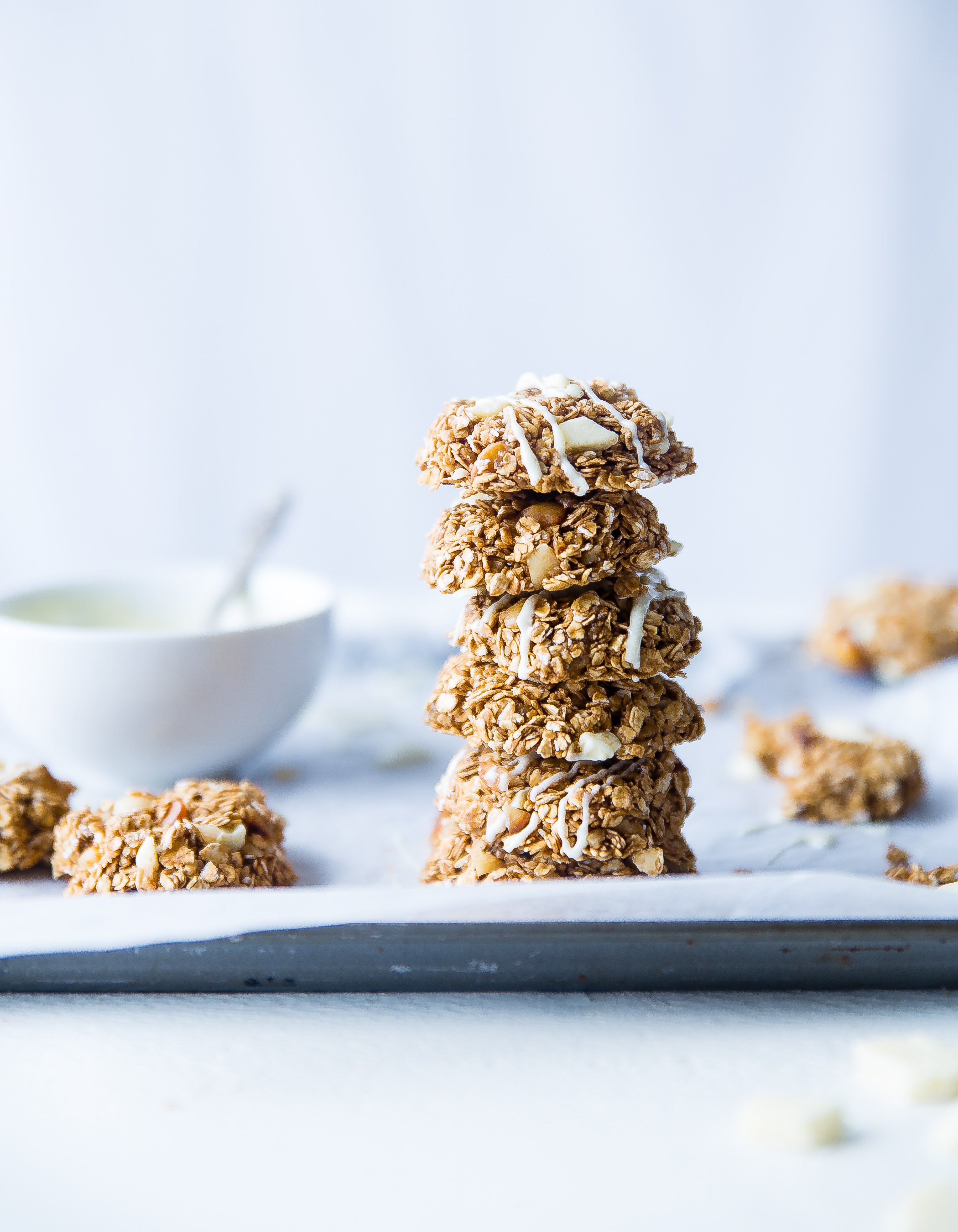The culture of veganism is on the increase in the Western world. There’s a common belief that animal food sources come with a high price tag as far as lifestyle diseases are concerned. Therefore, many individuals are embracing vegetarian diets in their daily meals.
Veganism now gets a lot of attention with researchers combing the practice day and night. Many research findings point to the fact that one can get all the required nutrients from a complete vegan diet. Contrary to popular belief, plant-based food products can deliver the right amount of macro and micro-nutrients when a proper diet regime is followed.
Whereas some research findings warn of dietary deficiencies in young children, the invention of protein recipes helps in bridging the deficiency gaps by combining certain foods.
Possible nutrient deficiencies in vegan diets
- Iron, iodine, calcium and zinc deficiencies in children
- Fat deficiency with respect to cholesterol levels
- Vitamin D deficiencies
- Vitamin B12 deficiencies
- Omega-3 fatty acids deficiency
The upside of vegan diets
- High dietary fiber intake that curbs constipation
- Low serum cholesterol that minimizes chances of hypertension
- High levels of poly-unsaturated fats
- Adequate consumption of potassium, magnesium, Vitamins A, B, C and E.
How much protein do you need as a vegan?
Studies reveal that a human being requires nine essential amino acids to manufacture other non-essential amino acids needed by the body. The essential amino acids are lysine, histidine, methionine, threonine, valine, tryptophan, isoleucine, phenylalanine and leucine.
Rich plant-based sources of protein
The Recommended Dietary Allowance for protein is 0.8g/body weight. Protein is available in a variety of foods. However, the following food items carry significant amounts of protein that can help you meet your daily protein needs.
- Soy bean and it’s derivatives (Tofu, Tempeh)
- Hemp seeds
- Sesame seeds
- Green leafy vegetables (spinach, kales, broccoli)
- Sunflower seeds
- Seitan
- Quinoa
- Pumpkin seeds
- Nuts (cashew nuts, peanuts, walnuts, hazelnuts, macadamia nuts, almonds)
- Tahini
- Potatoes
- Beans (red beans, Lima beans, kidney beans, black beans
- Spirulina algae
- Brown rice
- Peas
- Chickpeas
- Green grams
- Chia seeds
- Oats
- Flax seeds
- Pistachio
- Lentils
How cooking methods affect proteins
Generally, protein shrinks and denatures when subjected to extremely high temperatures. Several amino acids are extra sensitive to heat. They include tryptophan, lysine, arginine, cysteine, methionine and histidine.
Phytic acid is an infamous food inhibitor that binds iron, zinc and calcium in legumes, nuts and cereals. The acid is a compound of phosphorous and negatively affects monogastric mammals who lack the phytase enzyme. Phytic acid is reduced through soaking, germination, treatment using phytase enzyme, and fermentation.
Soaking legumes help minimize the oligosaccharide content. Oligosaccharides reduce the uptake of protein in legumes such as beans, chickpeas and peas.
According to a study published on the Journal of Brazilian Chemical Society, protein concentration reduces during cooking. The study carried out on beans revealed that globulins fraction reduced significantly, Cooking diminishes the percentage of albumins, glutelins, prolamins, and globulins.
Since a majority of protein rich foods contain iron, cooking helps in breaking the protein complex and availing iron in the body.
Measuring protein bioavailability
Nitrogen is an element that’s crucial in the structure of an amino acid. Amino acids are building blocks and the simplest unit of protein. Measuring the decrease and increase of nitrogen levels can assist in identifying the approximate value of a protein food source.
There are three proven methods of assessing protein bioavailability.
- Biological Value
- Protein Efficiency Ratio
- Net Protein Utilization
Biological Value is the difference between protein intake and protein excretion. Protein Efficiency Ratio compares weight gain to protein intake. Net Protein Utilization compares protein intake to nitrogen excretion.
Protein completion
As a vegan, it is highly likely that you will seek protein sources that are ‘complete.’ In this regard, the Protein Digestibility Corrected Amino Acid Score (PDCAAS) projects the completeness of a protein and its bioavailability. PDCAAS is therefore, an effective method of establishing a high-quality protein source.
How to increase your PDCAAS
You can mix certain foods to gain more nutrients in one sitting. Grains have high levels of methionine. Legumes have concentrated portions of lysine as compared to methionine. The incorporation of protein in recipes can go a long way in capturing all required macro and micro-nutrients.
High protein vegan recipes will help you acquire the necessary essential amino acids in your diet. Children practicing veganism are often susceptible to nutrient deficiencies. Therefore, high-protein snacks can help them acquire nutrients in the required amounts. Examples of high protein snacks include sesame balls, smoothies with chia seeds, roasted pumpkin seeds and almond bars.

However, remember to watch your overall caloric intake. One thing is for sure; our bodies have the ability to store amino acids. Therefore, whatever you eat, the body is able to take up the necessary nutrients for proper functioning of the body cells.
Sources
http://www.scielo.br/scielo.php?script=sci_arttext&pid=S0103-50532012000100022


